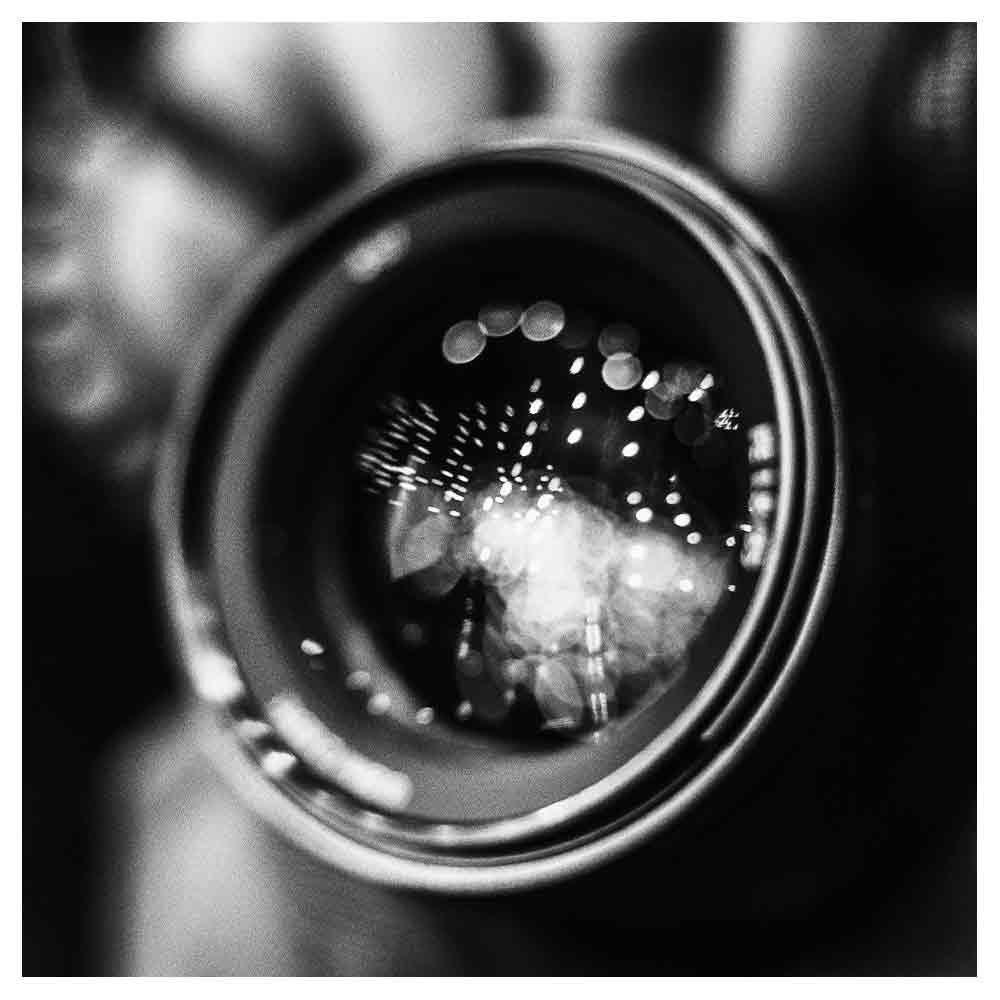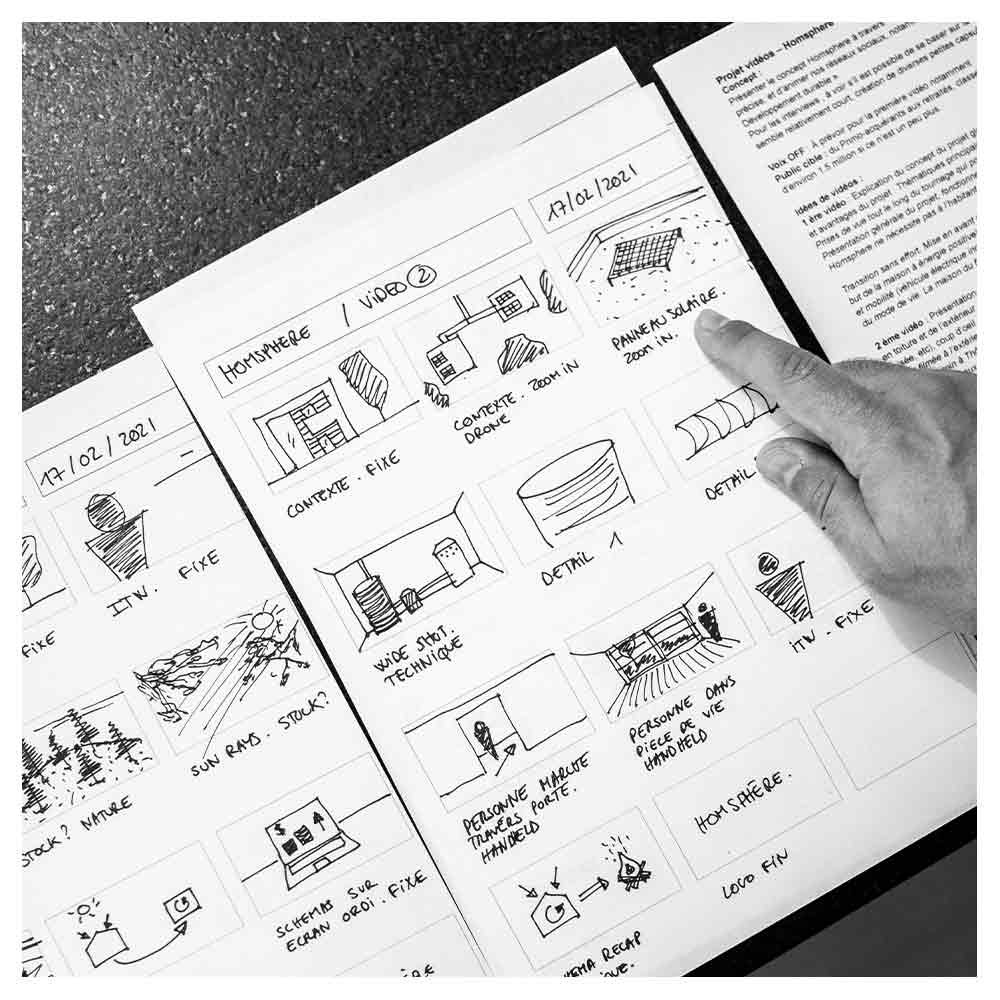Test Screenings: How To Use This Magic Tool To Make Better Films
While editing film and video projects, I’ve experienced getting burned out by the footage and losing perspective on what works and what does not is pretty easy.
When I reach that stage, I always wish to put the project aside for a while and hope the raw material will be fresh again once I reconnect with it. But with closing deadlines, this option is not always possible.
I discovered another approach I can take is doing multiple rounds of feedback in the form of test screenings. The idea of a test screening is to get some fresh eyeballs on the project and ask for input from a select group of people who aren’t as emotionally attached to the film as I am.
In this article, I wanted to share how I’ve used test screenings so far during my career and how they’ve helped me eventually create better results.
Table of contents:
What is a test screening?
Test screenings have been a staple in my filmmaking process for the past few years, and I can say without a doubt that it’s one of the most valuable tools in my arsenal.
If you’re unfamiliar with the term, a test screening is a private project screening before it's released to the public. You gather a group of people (preferably strangers) to watch your film.
It's essentially a way for the creators (and financiers) to see what's working and what's not by asking for feedback from the test screening's audience. It can be incredibly helpful to gauge how well your film works on different levels: narrative, technical, etc.
Test screenings can be any size
It's good to understand that a test screening doesn't have to be with a large crowd in a Dolby Atmos cinema, and it can be just you with a friend (or a few strangers) watching your project on your TV at home.
In my experience, it's always helpful to see how your project looks on another monitor and experience how the colors and the audio levels come across.
Show, don’t tell
I know it's very tempting to give the project context, but I never tell my audience anything about the content. I want to know if the project can stand on its own feet without giving context.
Ultimately, I will not be able to provide context to everyone who will watch my project, so I show it the same way an audience will perceive it—without context.
A work in progress
I'll only tell them that it's a work in progress and that I'd like to invite them to share their thoughts and feedback with me so I can try to find ways to make it better.
If I'm showing something early in the post-production process, I believe it's ok to highlight specific things that aren't finished yet, like missing effects, including green screens, etc.
In my experience, although you might point those things out, people will likely still comment, "like I didn't understand why this character suddenly stood in front of a green background," but then you at least explained it at the beginning.
The magic of test screenings
During a test screening, I like to be watching the rough cut with the test audience. I don't know how or why, but when you watch your project with an audience, you suddenly watch it through their eyes. It's pure magic! You can sense their energy while watching it and experience what they feel.
Some things that initially felt comfortable in length don't feel right anymore while you're sitting there in silence and watching it together. Everything suddenly feels fresh and new again. You can suddenly sense if tension is lacking, shots are too lengthy, or when cuts are off.
Sometimes stuff that wasn't necessarily funny to you turns out to be funny for other people. Maybe you can extend that funny moment even more when that's the case! Or it's the other way around, and you thought something was funny, but it turns out it's not.
How to approach a test screening?
While cutting the two Hardwell films, 'I Am Hardwell - If You Can Dream It, You Can Do it' and 'I Am Hardwell - Living The Dream,' we did many test screenings in a small cinema in my office building with different audiences of 5-15 people per viewing.
Because we were looking for honest feedback and not for positive reviews, we tried to keep our test audience as diverse as possible and invited a mixed group of strangers from all walks of life for every viewing.
We asked fans of Hardwell, Hardwell's friends, our friends, people who didn't know Hardwell, people who didn't like his music, people of different ages, etc.
Anonymous feedback
At the end of each screening, we asked everybody to stay silent for ten more minutes and answer a few questions anonymously on paper before sharing their feedback with the rest of the group. On these pieces of paper, we would ask questions like:
What was your favorite scene, and why?
Was there something you didn't understand or were you confused at any time? When? Why?
Did you learn anything from this movie?
How did the film make you feel?
What did you think when the film finished?
Would you recommend this movie to a friend? If so, why?
If you need a sample questionnaire for composing questions for your test screening, you can download one here from writer John August.
Group feedback
After completing their answers, we invited them to share their opinions and feedback with the rest of the group. This always resulted in fascinating conversations and new angles on the project we had never thought about.
Doing these test screenings was one of the most helpful tools we used to keep making progress in the editing room. Everybody had a great time during these test screenings and loved giving their opinions.
And as a token of appreciation, we invited everybody that helped us with these test screenings to the red carpet premiere to see the final result in Holland's oldest and most prestigious movie theatre, Tuschinski in Amsterdam.
Conclusion
My advice for when you want to make something that appeals to a lot of people is to have as many people as possible watch your film or video project while you're creating it. You win if you can make a one or two-percent difference after watching it with an audience.
I always ensure I sit in the middle of the room with the test audience to soak up the atmosphere and afterward listen carefully to everybody's reaction to address the issues they are telling me about.
I listen, ask questions, never go into discussion, absorb all the input, and later examine why they noticed specific things and whether something is valuable.
If you like to try test screenings, ensure you don't ask for opinions too early. Only show your project to people once you're satisfied with how it looks or when you've hit a creative wall.
Instead of putting the project aside and losing lots of valuable time, taking this test screening approach has helped me get a fresh perspective on many projects I have worked on and make them as best as possible within the available timeframe!
I hope this article has given you a little better understanding of test screenings and how they can help your film. If used correctly, they are a magic tool, and I’d encourage all filmmakers to try them.



























